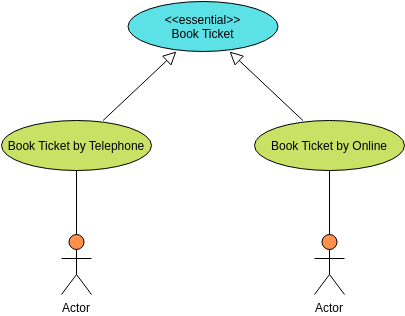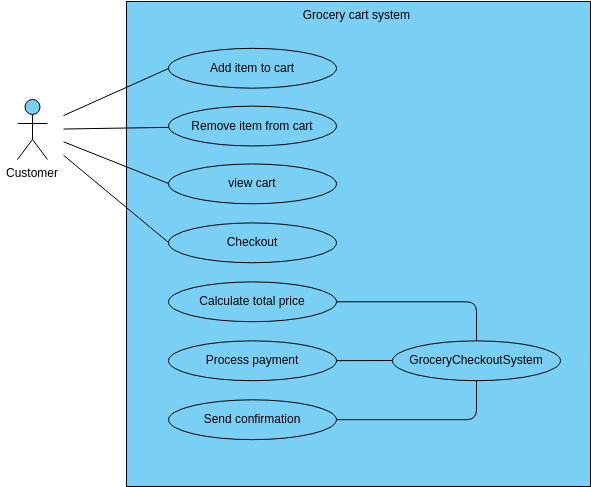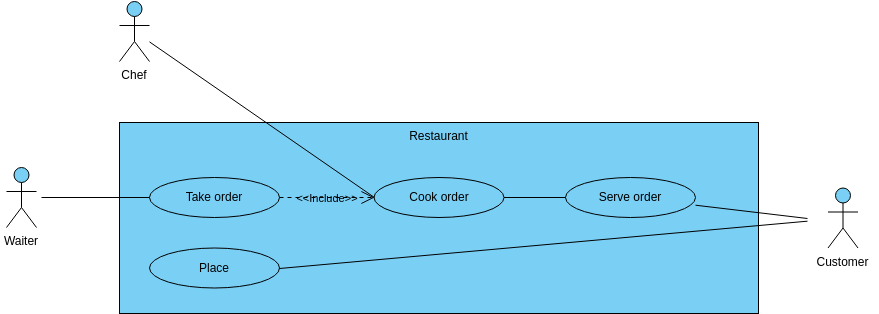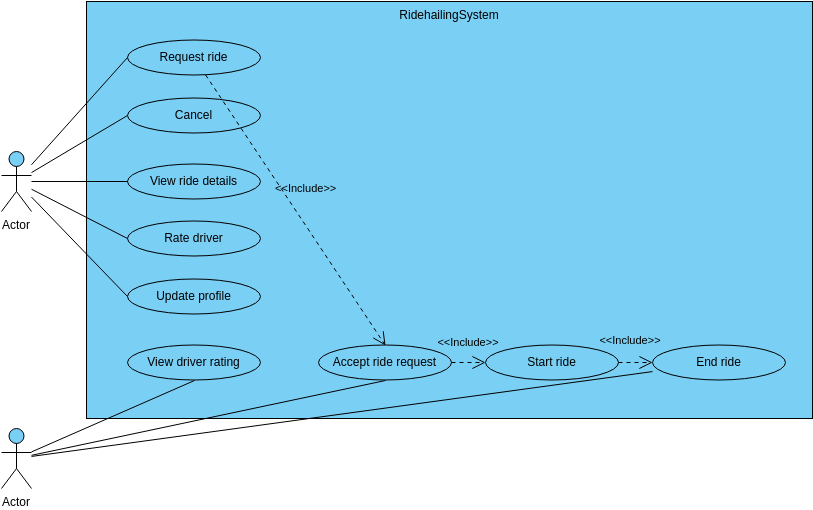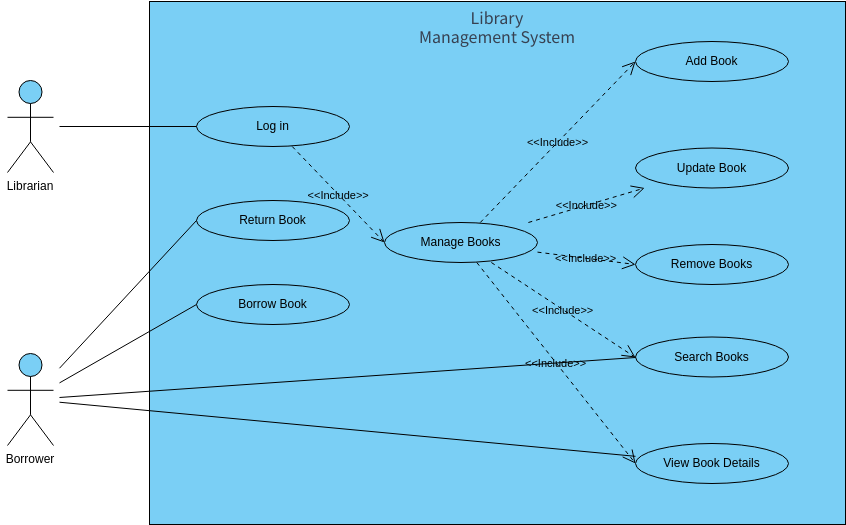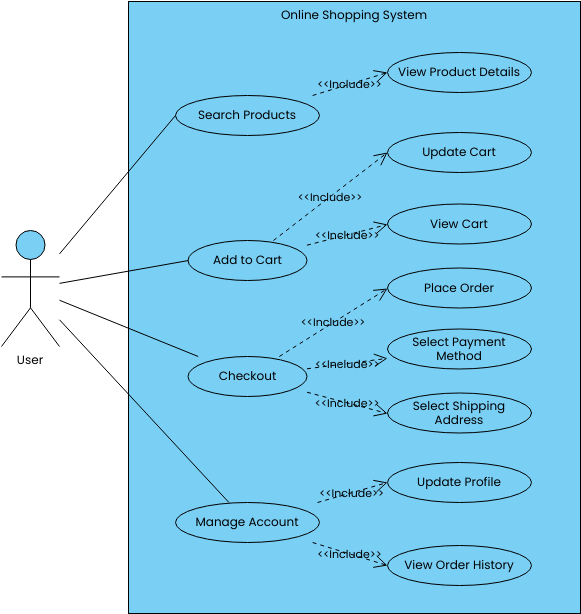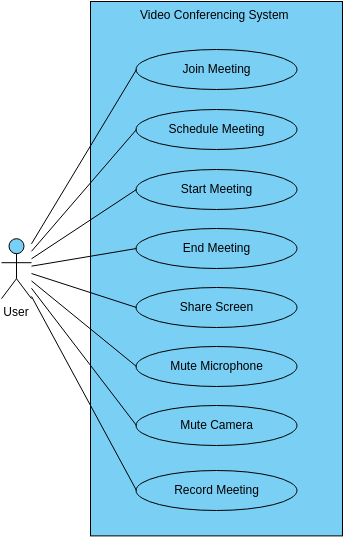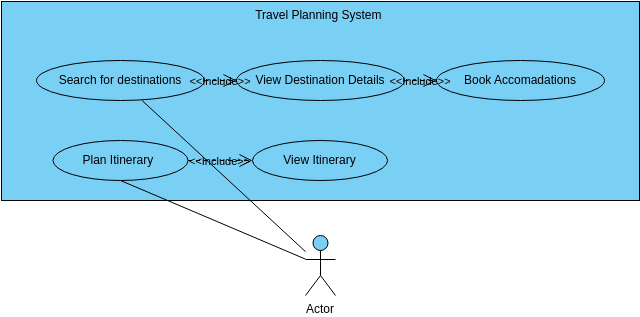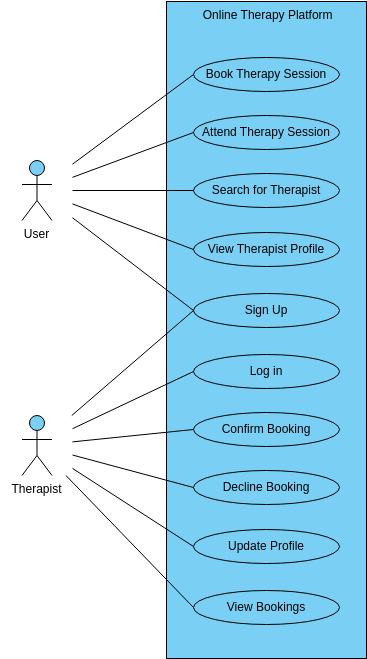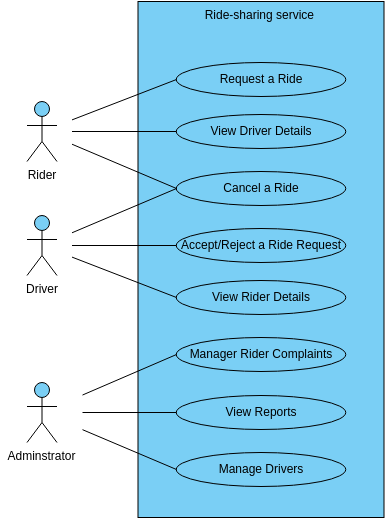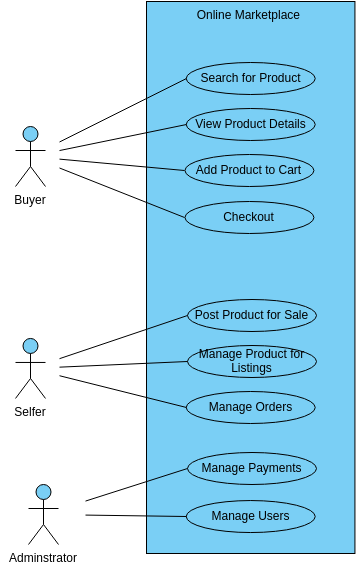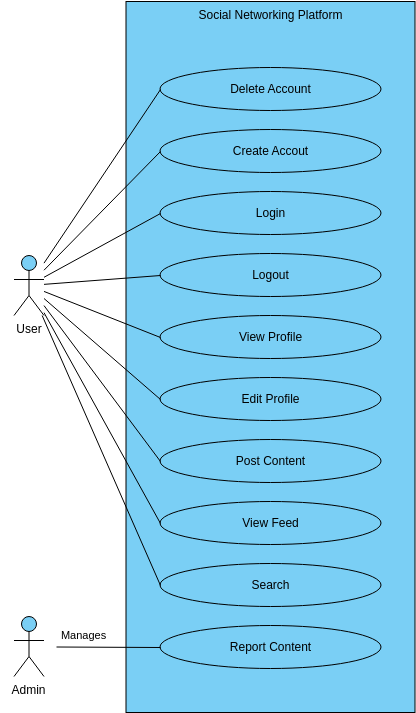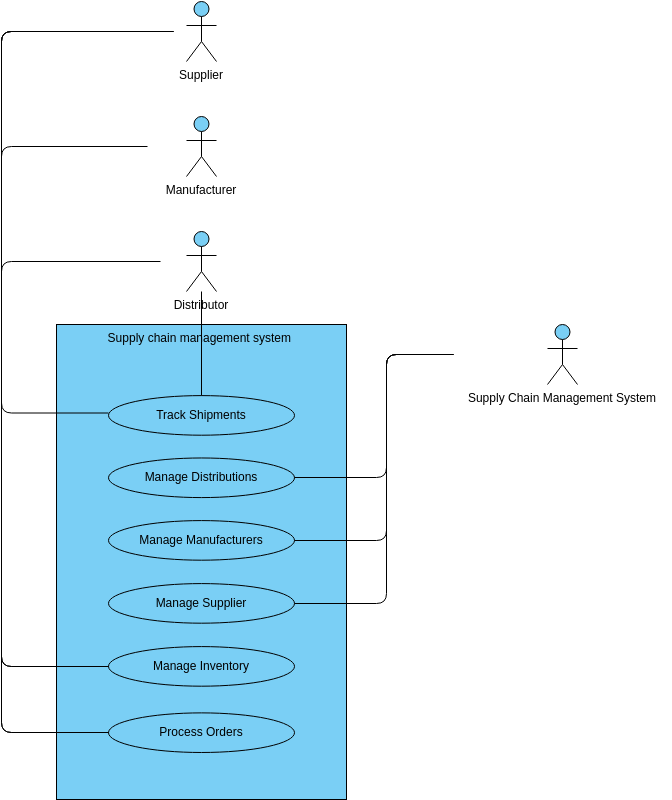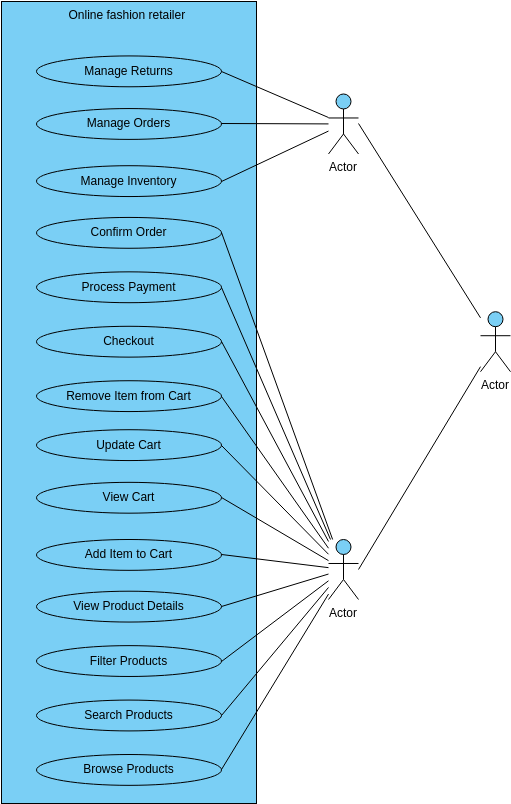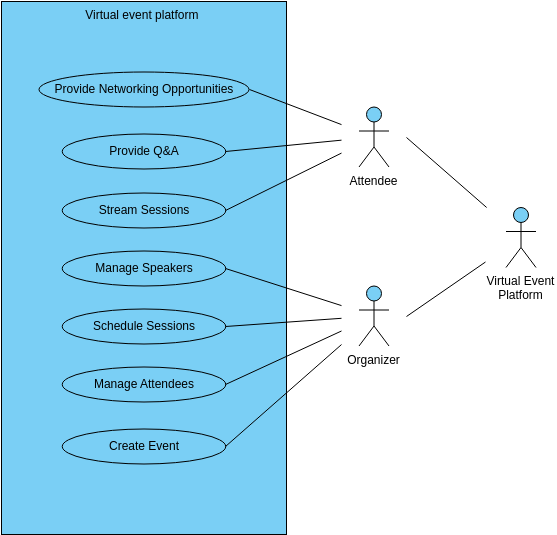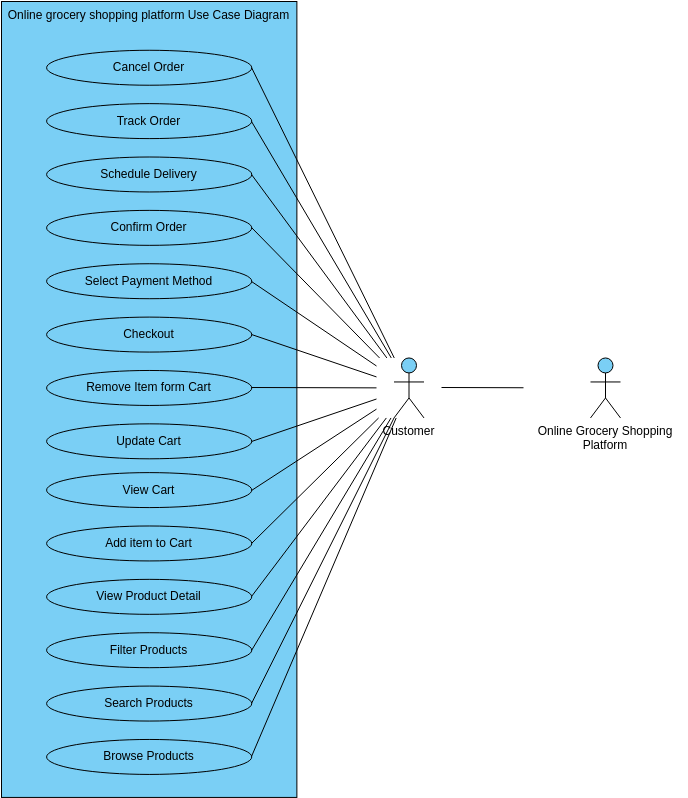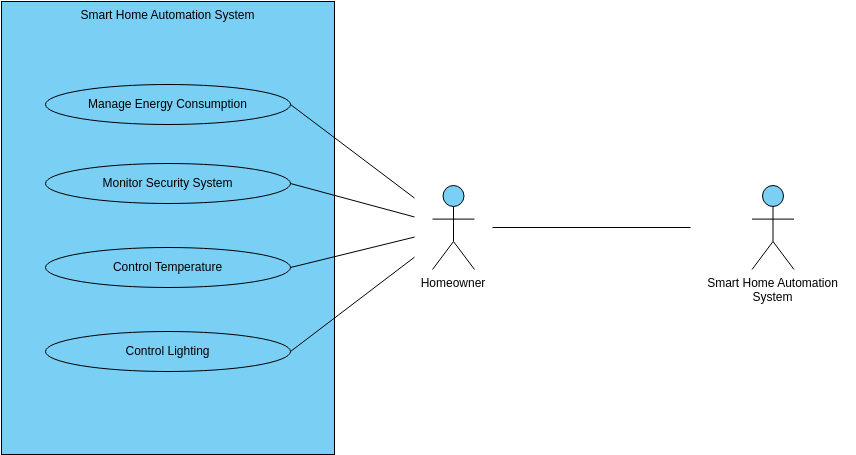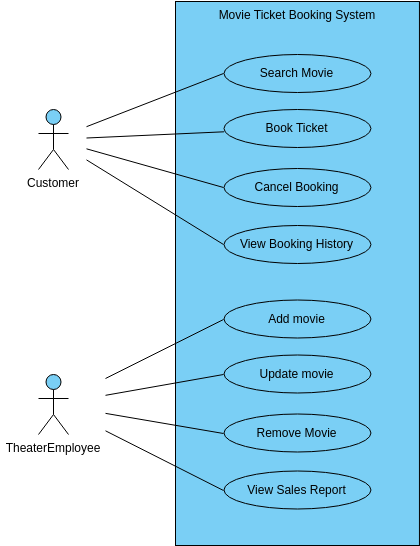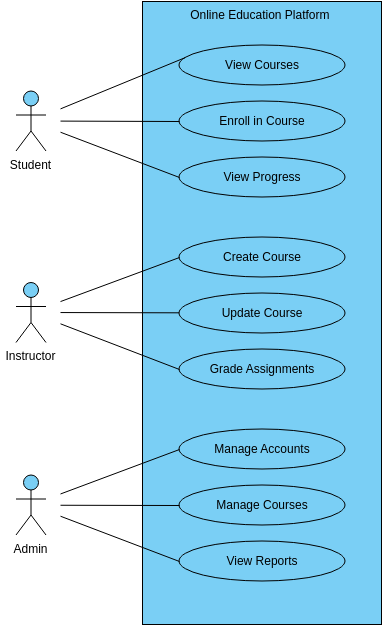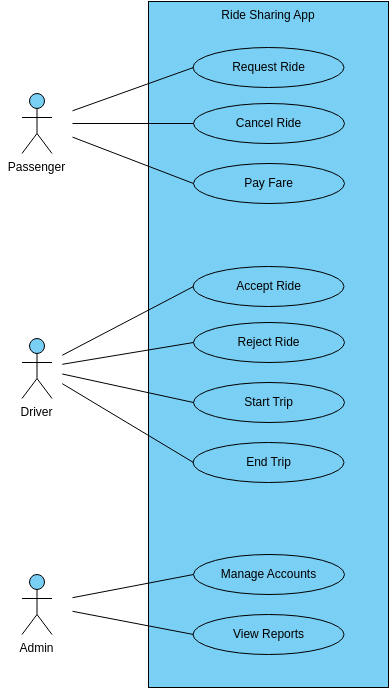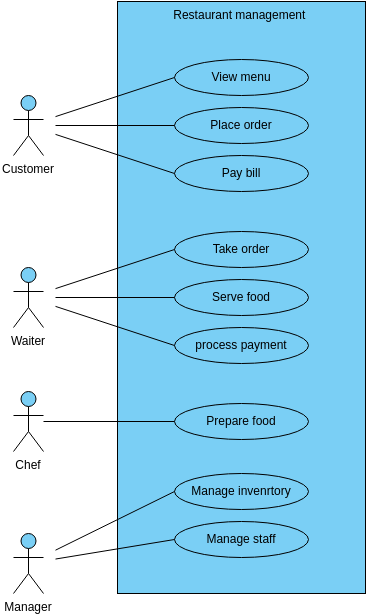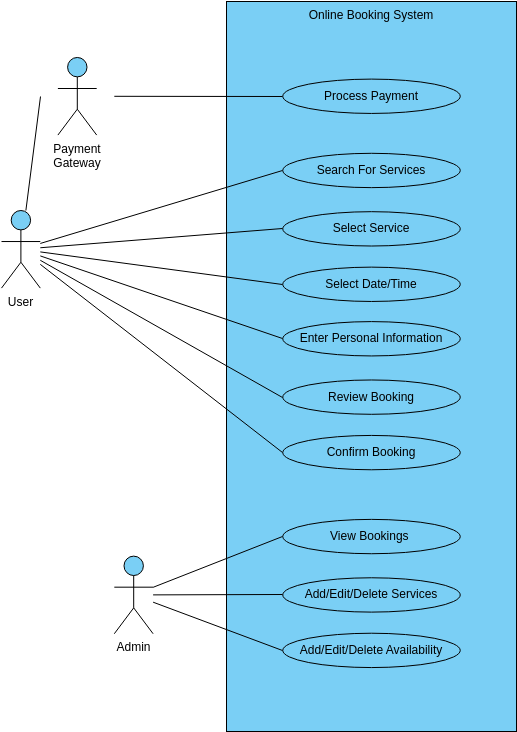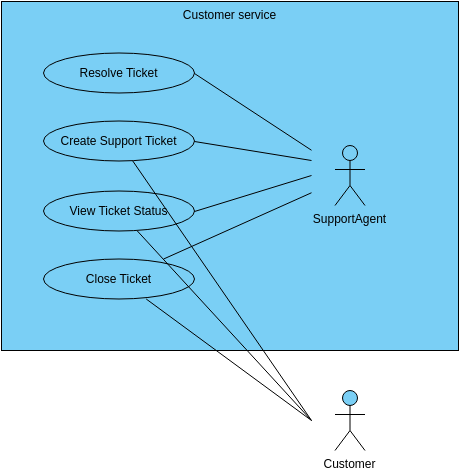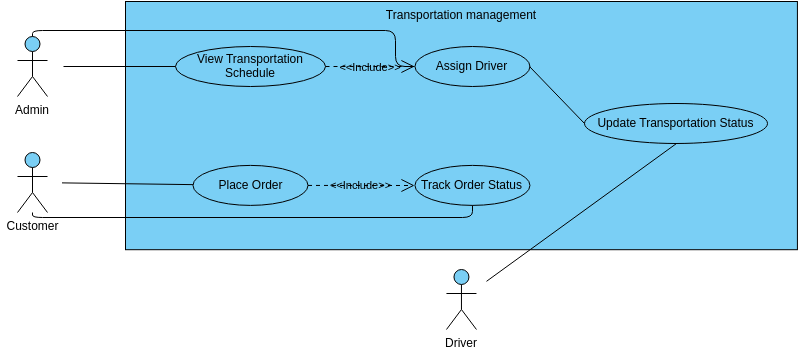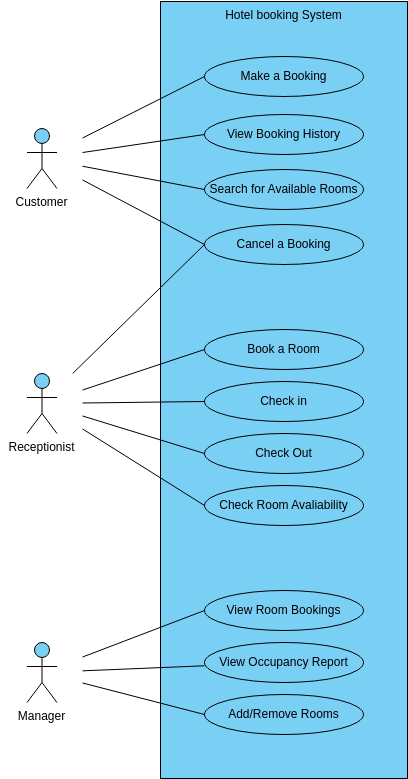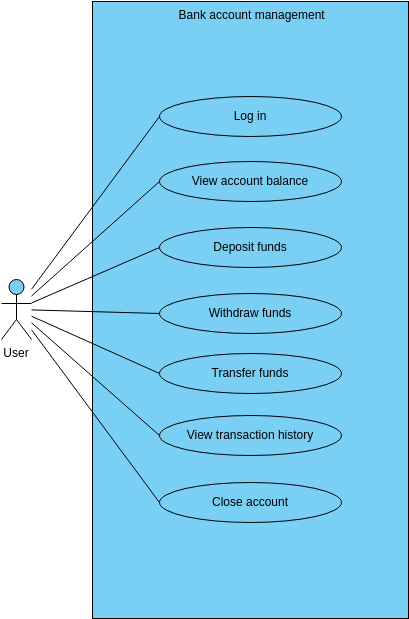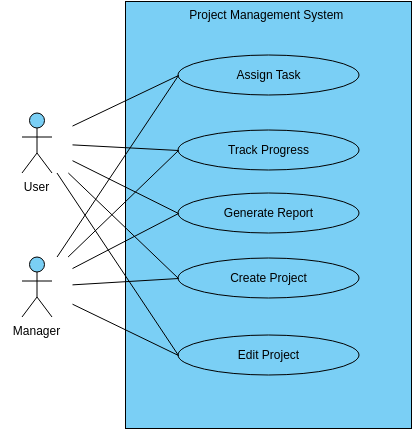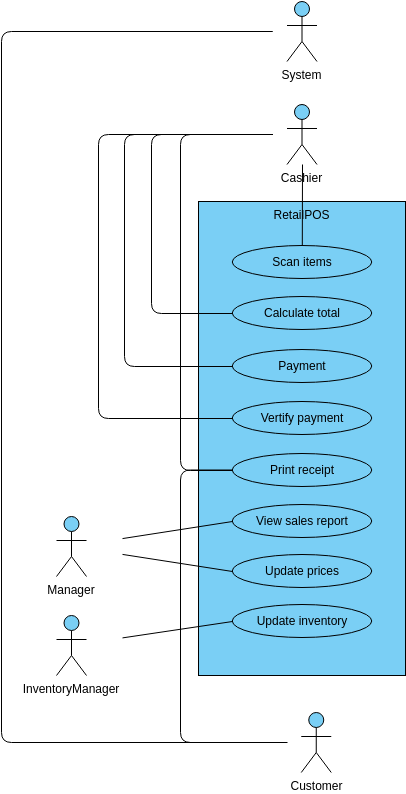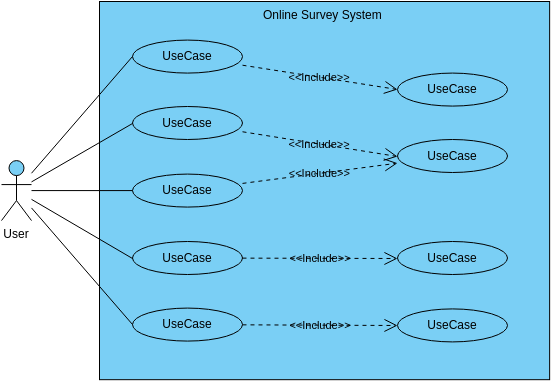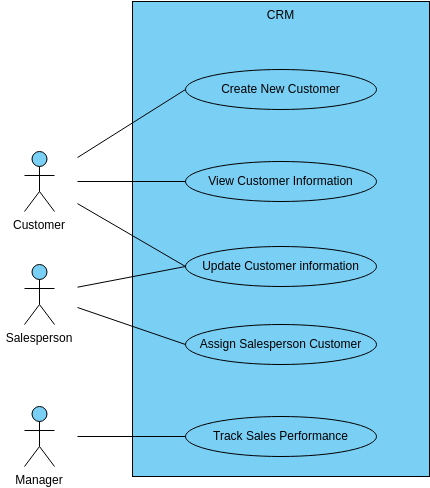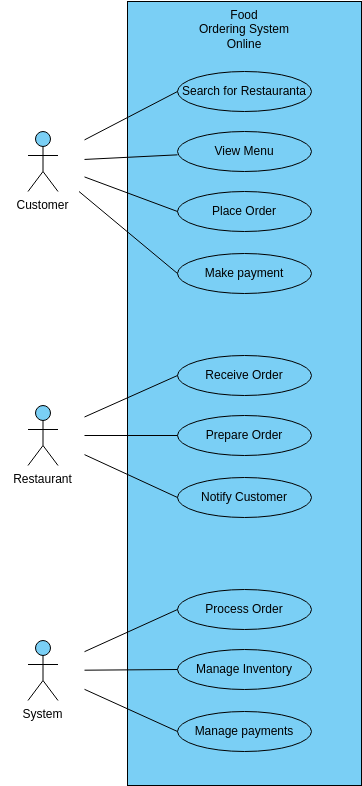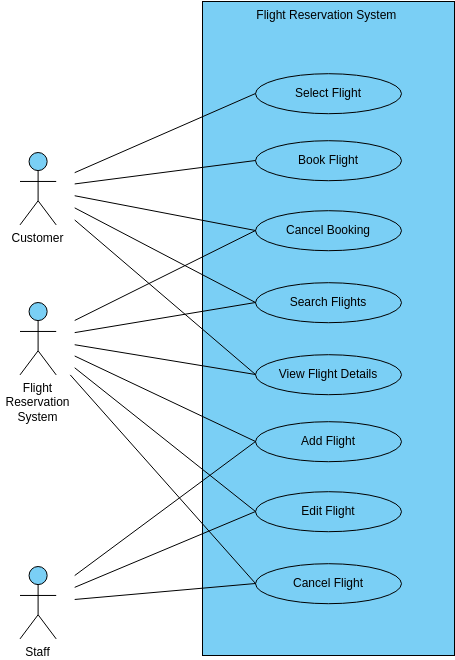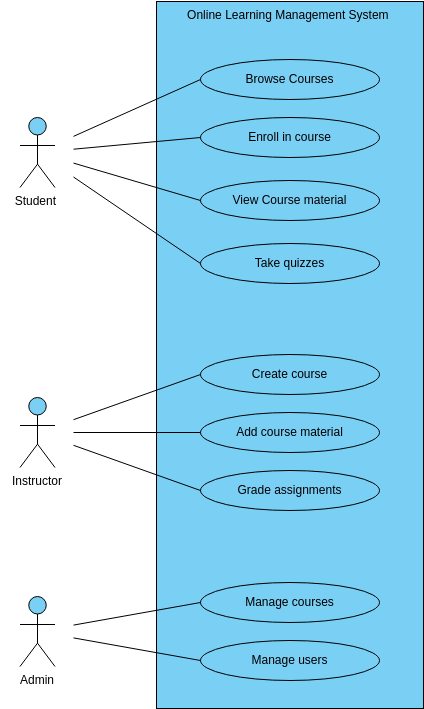The Generalization Use Case Example template illustrates the concept of generalization in a use case diagram, focusing on the specific use case of booking a ticket. The diagram showcases the generalization relationship between the base use case "Book Ticket" and the specialized use case "Book Ticket by Telephone." It also includes the corresponding actors involved in the use cases.
The base use case, "Book Ticket," represents the common actions and interactions involved in booking a ticket, regardless of the specific method used. The specialized use case, "Book Ticket by Telephone," represents a specific variation of booking a ticket, where the booking is done through a telephone call.
By utilizing the generalization relationship, the diagram highlights that "Book Ticket by Telephone" inherits the behavior and interactions defined in the base use case "Book Ticket." This means that the specialized use case includes all the essential actions and interactions of the base use case, along with any additional steps specific to booking by telephone.
The diagram also includes the actors involved in the use cases. The "Actor" represents the role or entity interacting with the system. In this case, the actor is involved in both the base use case "Book Ticket" and the specialized use case "Book Ticket by Telephone," indicating that the same actor can initiate the ticket booking process using different methods.
This template has been thoughtfully designed using Visual Paradigm Online, an intuitive and powerful diagramming tool. Visual Paradigm Online offers a variety of features and capabilities to create professional-grade diagrams, making it an ideal choice for designing and visualizing complex systems.
